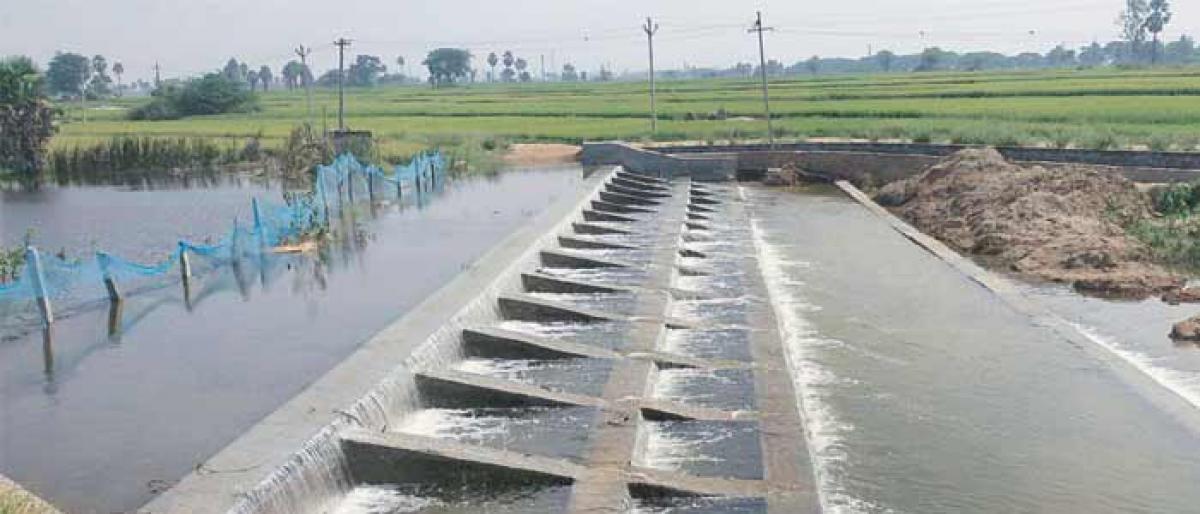Mission Kakatiya takes a bow from IWMI

Hyderabad: State government’s prestigious scheme, Mission Kakatiya, received accolades from International Water Management Institute (IWMI), headquartered in Sri Lanka.
The study – ‘Reviving minor irrigation in Telangana – Midterm Assessment of Mission Kakatiya’, conducted by the institute found that the project has an impact on groundwater irrigation through increased groundwater recharge. Field data has shown a positive change in tank- irrigated area for all tank sizes. The cultivated area was increased by 196 and 159 per cent in Kharif and Rabi seasons respectively, after the revival of abandoned water bodies under the scheme.
Besides increasing cultivated and irrigated area, Mission Kakatiya has also significantly changed the farm economics by reducing cost of cultivation and increasing productivity. The silt removed from tank beds was lifted by farmers, transported and applied to their fields. Application of silt on farmlands added valuable nutrients and improved soil’s moisture retention capacity. This helped farmers attain higher crop productivity while reducing their expenditure on fertilizers.
Though agriculture has a major share of benefits derived from tanks, other livelihoods like fishing, toddy-tapping and cattle herding are also benefitted by it. Telangana government’s another programme Haritha Haram to plant toddy trees around the tank bunds, distribution of sigh fingerlings and goats at subsidised prices have ensured the ownership of the tank not only from the farmer, but also from the other stakeholders like cattle herders, toddy-tappers and fishermen communities, the report explained.
The IWMI, which conducted the study in collaboration with the TATA Institution, also made some suggestions to the Telangana government, which include the need for a scientific assessment of the hydrology of catchments in Telangana to understand better which tanks will benefit from desilting and which might not.
The Institute also requested the government to focus more on desilting for field application and ground water recharge. The undue focus on civil works such as bund and sluice gate construction will not yield desirable results.


